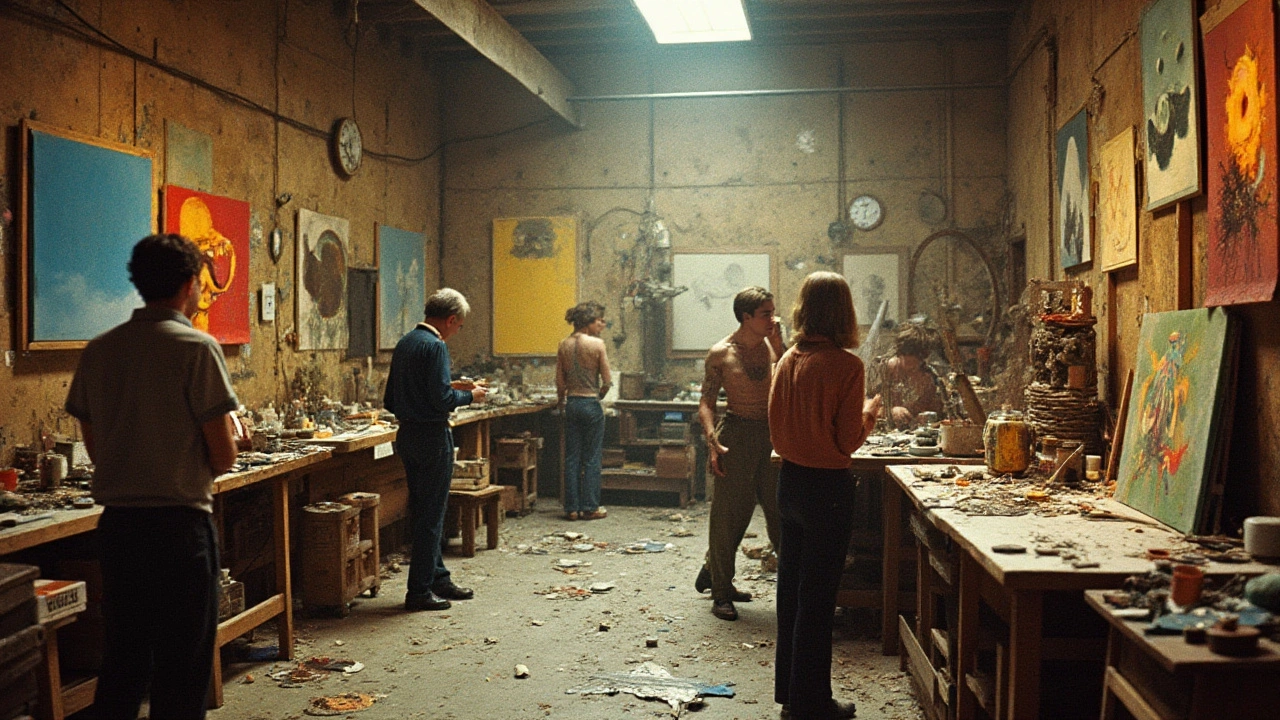Interdisciplinary Art: Mix Media, Design, Tech and Space
A mural that cools a plaza, a performance that rewires a museum, a sculpture that maps a neighborhood’s history—interdisciplinary art does stuff like that. It's not just painting or dance or architecture. It's the place where those things meet and create something useful, surprising, and often public.
If you want work that reaches beyond galleries, understanding how disciplines combine is the key. Interdisciplinary art borrows tools and ideas from different fields—design, architecture, science, performance, urban planning, even gaming—to solve a visual or social problem. That can mean a land art project that reshapes a park, an installation that pulls people into a conversation, or a Bauhaus-inspired design object with performance built in.
Where you’ll see interdisciplinary art
Walk around a city and you’ll spot it: public sculptures that double as seating, plazas designed with artists and planners, or projection pieces that respond to weather. Movements like Fluxus and Constructivism pushed artists to work across media; today that energy shows up in smart-city projects influenced by futurism and land art, in immersive installation shows, and in avant-garde home décor that treats rooms as small-scale installations.
Artists also team up with other pros. A project might include an architect, a sound designer, a coder, and local residents. That mix gives projects technical skills and real-world impact—think of installations that improve drainage, artworks that incorporate solar tech, or interactive pieces that teach history in public spaces.
How to start an interdisciplinary project
Start with a clear need or question. Do you want to change how people move through a place? Tell a community story? Test a new material? Make that your guide, then map the skills you lack. Need help with structure? Talk to an architect. Sound design? Find a musician. Tech features? Partner with a coder or university lab.
Prototype fast and cheap. Use a small mock-up, a pop-up event, or a single workshop to see how people react. Site-specific testing helps you avoid surprises—materials that look great in the studio might fail outdoors. Be ready to fail quickly and adjust.
Think about scale and audience. Some projects work best as intimate performances; others need whole neighborhoods. Match your format to impact: an installation for a gallery, a land art piece for a park, or a community-driven mural for a busy street. Funding often follows clarity—funders want to know who benefits and how.
Finally, document everything. Interdisciplinary work is valuable to others when you share process, not just final images. Sketches, short videos, and simple notes on materials and collaborators make your next proposal easier and help the field grow.
If you care about making art that does more than look pretty, interdisciplinary practice gives you tools to change spaces, spark conversations, and solve real problems. Try a small collaboration today and see where mixing practices takes your work.

